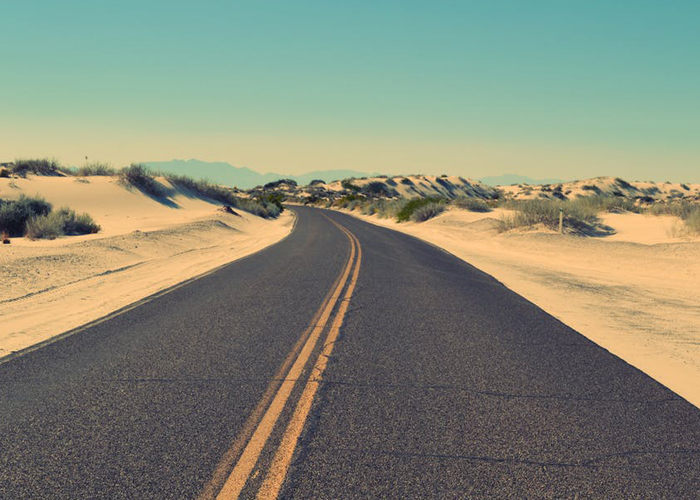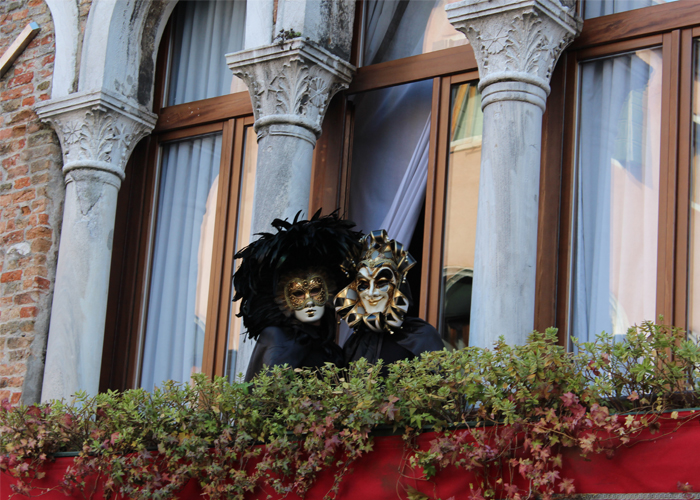 The blog series continue with part 2.
The blog series continue with part 2.
Angola
On the other side of the continent, Angola suffered a similar fate in the mid-Seventies, released from Portugal’s grip, only to fall prey to a firestorm within. The Angolan Civil War was longer and more divisive than Mozambique’s, and bled into the new millennium (1975-2002). Even now, this vast country is a niche destination, but the Canadian government travel advisory on it is surprisingly benign (“most visits to Angola are trouble-free; there is a low threat from terrorism”) and, should you choose, you can pay it a visit.
Beirut, Lebanon
It is perhaps fair to say that the Lebanese Civil War still dominates perceptions of Beirut. It raged between 1975 and 1990, and turned the country’s capital into a byword for death and destruction where westerners were likely to be kidnapped and held hostage. It echoed into the new millennium too, Lebanese president Rafik Hariri was assassinated by car bomb in 2005, in the year when the Syrian occupation of this little Mediterranean state finally ended. Even now, Lebanon still has its issues, and travel advice for Canadian visitors is a patchwork of troubled red hotpots. But Beirut has slowly been reclaiming its image as a “Paris of the Middle East” and is a splendid option for a city break on the beach. There are excellent restaurants and luxury hotels galore, including the five-star Four Seasons Beirut.
Northern Cyprus
Cyprus has been Europe’s sundered country for the best part of half a century, since July 1974, in fact, when divisions between the island’s Greek-Cypriot and Turkish-Cypriot populations boiled over into a Turkish invasion of the northern half of the landmass. The infamous “Green Line” which still separates these two opposing halves has been in place ever since and was so fortified a barrier 15 years ago that no-one was permitted to cross it. However, border points were opened in April 2003, allowing islanders to pass between north and south. Tensions remain, with only Turkey recognizing the Republic of Northern Cyprus, and a barbed-wire border still running across the capital Nicosia. But as of 2003 tourists can pass a pleasant week in the upper potion of the country which has developed at a slower rate than its counterpart, and has a certain countrified charm because of it.
Bosnia and Herzegovina
The Balkans region was Europe’s blood-spot for much of the Nineties, and the tremors from the conflict which strafed the former Yugoslavia have continued to shake into the 21st century. Technically, Bosnia and Herzegovina announced its independence from the mother country in 1992, but had to fight its way through the Bosnian War (1992-1995) to make it reality. And it was still going through the aftershocks in 2007, bringing a lawsuit against neighbouring Serbia for genocide. Would you have visited it as a tourist in 2002? Almost certainly not! Should you go in 2017? Definitely, and not simply because Sarajevo is a fascinating and cultured capital whose history stretches far beyond military matters (even though it was the spark-point for the First World War as the scene of the assassination of Archduke Franz Ferdinand of Austria in June 1914).
Kosovo
Another troubled shard of the former Yugoslavia, Kosovo could not be visited in 2002. At least, not officially, as it did not exist. Some would say that it still doesn’t. It declared its independence in February 2008, and has been recognized as a sovereign entity by 111 UN nations but Serbia is still refusing to accede to Kosovo’s claim, and its status remains ill-defined. The Kosovo War of 1998-99 was arguably the bloodiest and nastiest section of the Yugoslav Wars, culminating in the controversial NATO bombing of Serbian forces but Kosovo is now an intriguing option for tourism.

 If you were to shape your existence by reading only the more lurid news headlines, you might believe that the world is an increasingly dangerous place. In fact, there are areas of the globe that, defined by war, conflict or tension at the start of this millennium, are now accessible to holiday makers. There are other destinations too which you could not visit 15 years ago, because, officially and legally, they did not exist. Here is an overview of countries, regions and landscapes which have only recently been added to our vacation map.
If you were to shape your existence by reading only the more lurid news headlines, you might believe that the world is an increasingly dangerous place. In fact, there are areas of the globe that, defined by war, conflict or tension at the start of this millennium, are now accessible to holiday makers. There are other destinations too which you could not visit 15 years ago, because, officially and legally, they did not exist. Here is an overview of countries, regions and landscapes which have only recently been added to our vacation map. Tips to Help You Sleep on Flights and Arrive Better Rested
Tips to Help You Sleep on Flights and Arrive Better Rested Carnivale has just come to an end in one of the most beautiful cities of the world. Were you there to experience it first-hand like I was? If you weren’t, that’s OK! I’ve documented my experience and gathered together a list of useful tips that you can use for next year’s Carnivale! Or better yet, join me as I escort another small group in February 2018.
Carnivale has just come to an end in one of the most beautiful cities of the world. Were you there to experience it first-hand like I was? If you weren’t, that’s OK! I’ve documented my experience and gathered together a list of useful tips that you can use for next year’s Carnivale! Or better yet, join me as I escort another small group in February 2018.